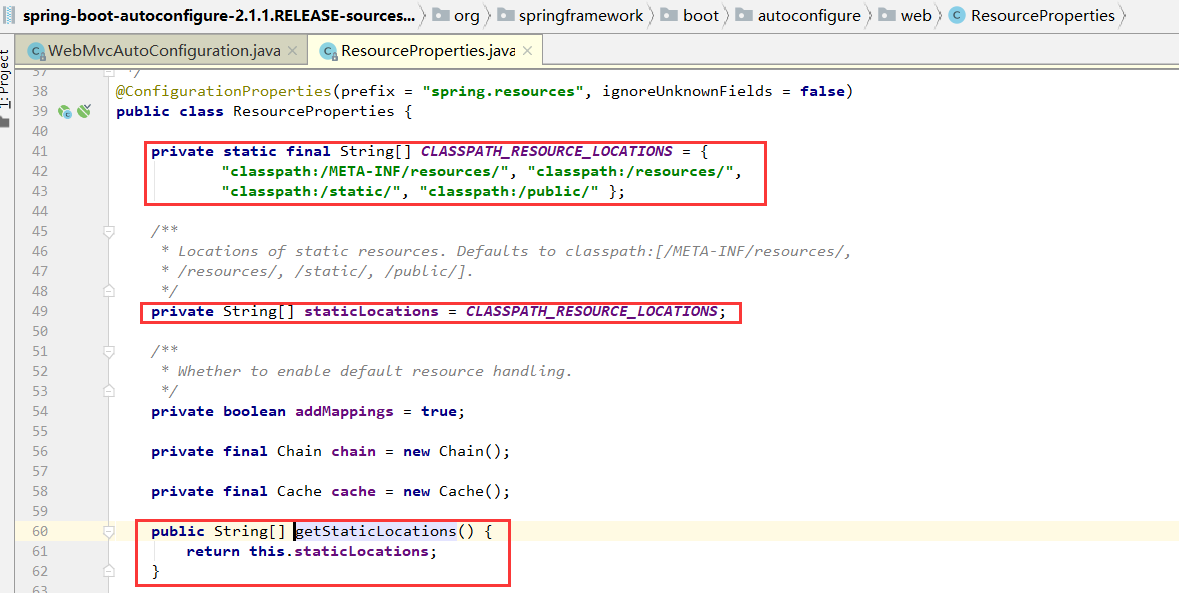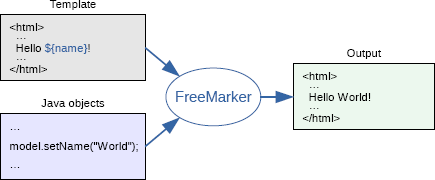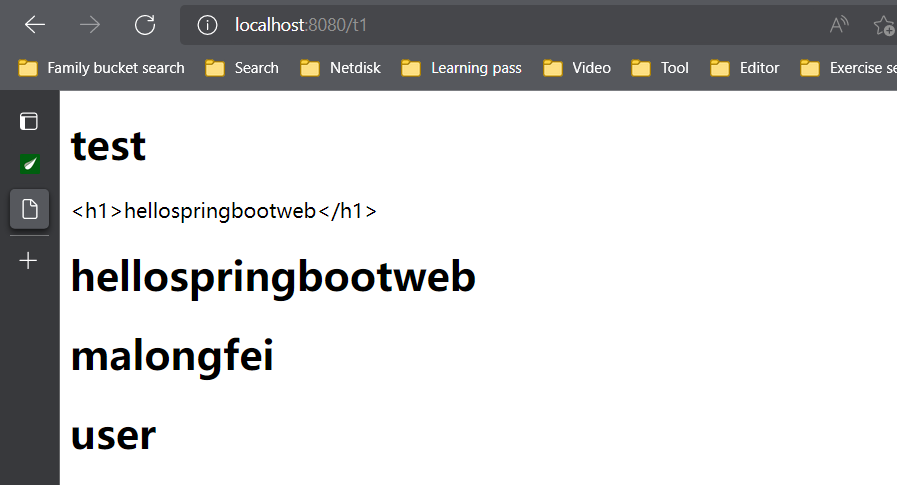7.1.1、默认映射By default, Spring Boot serves static content from a directory called
/static(or/publicor/resourcesor/META-INF/resources) in the classpath or from the root of theServletContext.
官方文档告诉我们 Spring Boot 对于静态资源的映射目录是 /static , /public , /resources 以及 /META-INF/resource。除此之外其实还映射了 /webjars/** 到 classpath:/META-INF/resources/webjars。
很明显此处是自动配置实现的,通过查看源码分析这段配置。


而对于网站图标,Spring Boot 也已经配置了默认位置,可以在看到。
// path: org.springframework.boot.autoconfigure.web.servlet.WebMvcAutoConfiguration
@Bean
public SimpleUrlHandlerMapping faviconHandlerMapping() {
SimpleUrlHandlerMapping mapping = new SimpleUrlHandlerMapping();
mapping.setOrder(Ordered.HIGHEST_PRECEDENCE + 1);
mapping.setUrlMap(Collections.singletonMap("**/favicon.ico", // 图表
faviconRequestHandler()));
return mapping;
}
@Bean
public ResourceHttpRequestHandler faviconRequestHandler() {
ResourceHttpRequestHandler requestHandler = new ResourceHttpRequestHandler();
requestHandler.setLocations(resolveFaviconLocations());
return requestHandler;
}
private List<Resource> resolveFaviconLocations() {
String[] staticLocations = getResourceLocations(
this.resourceProperties.getStaticLocations());
List<Resource> locations = new ArrayList<>(staticLocations.length + 1);
Arrays.stream(staticLocations).map(this.resourceLoader::getResource)
.forEach(locations::add);
locations.add(new ClassPathResource("/"));
return Collections.unmodifiableList(locations);
}
根据 Spring Boot 默认的静态资源映射规则,可以直接把需要的静态资源放在响应的文件夹下然后直接引用即可。

而放在 Public 文件夹下的 HTML 页面也可以直接访问。

webjars 的思想是把静态资源打包到 Jar 包中,然后使用 JVM 构建工具进行管理,如 maven , Gradle 等。
使用 webjars 第一步需要进入依赖,如要使用 bootstrap。
<!-- Web Jars 静态资源文件 -->
<dependency>
<groupId>org.webjars</groupId>
<artifactId>bootstrap</artifactId>
<version>4.1.3</version>
</dependency>
引入之后查看 bootstrap 资源。

由于 Springboot 映射了 /webjars/** 到 classpath:/META-INF/resources/webjars. 因此可以直接在文件中引用 webjars 的静态资源。
<!-- Bootstrap core CSS -->
<link href="/webjars/bootstrap/4.1.3/css/bootstrap.min.css" rel="stylesheet">
<script src="/webjars/bootstrap/4.1.3/js/bootstrap.min.js"></script>
Spring MVC 支持各种模版技术,如 Thymeleaf , FreeMarker , JSP 等。而Thyemeleaf 原型即页面的特性或许更符合 Spring Boot 快速开发的思想而被官方推荐。

Thymeleaf 是适用于 Web 开发的服务端 Java 模版引擎,Thymeleaf 为开发工作流程带来优雅自然的模版,由于其非侵入的特性,可以让页面不管是在静态原型下还是用作模版引擎时都有良好的页面展现。
<table>
<thead>
<tr>
<th th:text="#{msgs.headers.name}">Name</th>
<th th:text="#{msgs.headers.price}">Price</th>
</tr>
</thead>
<tbody>
<tr th:each="prod: ${allProducts}">
<td th:text="${prod.name}">Oranges</td>
<td th:text="${#numbers.formatDecimal(prod.price, 1, 2)}">0.99</td>
</tr>
</tbody>
</table>
-
方式一:创建项目时添加thymeleaf模块。
-
方式二:引入依赖
<!-- thymeleaf 模版-->
<dependency>
<groupId>org.springframework.boot</groupId>
<artifactId>spring-boot-starter-thymeleaf</artifactId>
</dependency>
原理是一样的,为了下载jar包
7.2.2、使用thymeleaf根据 Spring Boot 自动配置原理,先看一下 Thymeleaf 的配置类,从中可以看出 Thymeleaf 的相关配置。我们可以知道 默认存放目录是 templates 文件夹,文件后缀为 .html 且开启了缓存。
@ConfigurationProperties(prefix = "spring.thymeleaf")
public class ThymeleafProperties {
private static final Charset DEFAULT_ENCODING = StandardCharsets.UTF_8;
public static final String DEFAULT_PREFIX = "classpath:/templates/";
public static final String DEFAULT_SUFFIX = ".html";
/**
* Whether to enable template caching.
*/
private boolean cache = true;
为了在开发中编写模版文件时不用重启,可以在配置中关闭缓存。
# 关闭模版缓存
spring.thymeleaf.cache=false
# 如果需要进行其他的配置,可以参考配置类:ThymeleafProperties
# org.springframework.boot.autoconfigure.thymeleaf.ThymeleafProperties
controller类:
@Controller
public class TestController {
@GetMapping("/t1")
public String test(Model model){
model.addAttribute("msg","<h1>hellospringbootweb</h1>");
model.addAttribute("username", Arrays.asList("malongfei","user"));
return "test";
}
test.html文件:
<!DOCTYPE html>
<!-- 要导入头文件-->
<html lang="en" xmlns:th="http://www.thymeleaf.org">
<head>
<meta charset="UTF-8">
<title>test</title>
</head>
<body>
<h1>test</h1>
<div th:text="${msg}">使用text属性转义直接输出字符串</div>
<div th:utext="${msg}">使用utext不转义</div>
<br>
<hr>
<!--遍历array数组元素 相当于foreach-->
<h1 th:each="users:${username}" th:text="${users}"></h1>
</body>
</html>
结果:

参考文献:Springboot 系列(五)Spring Boot web 开发之静态资源和模版引擎 | 易学教程 (e-learn.cn)
